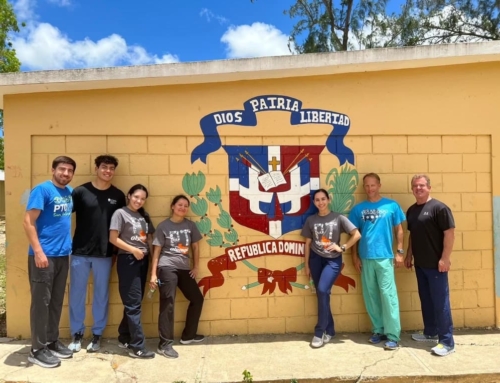Starting September 1, 2019, it will be easier to get Physical Therapy in Texas, thanks to local San Antonio State Representative, Ina Minjarez (D) who drafted HB29, a handful of other State Reps who co-sponsored the bill, the Texas Medical Association, and the Texas Orthopedic Association. The bill, HB29, passed through the house and senate almost unanimously, receiving only one vote against it. HB29 was signed by Governor Abbott on June 14, 2019. Although it has been signed into law, the first day patients will be able to have direct access is September 1, 2019.
What Does This Mean For Texans Accessing Physical Therapy?
Prior to this law being passed, patients needed a referral from a physician, podiatrist, osteopathic doctor, dentist, nurse practitioner, or chiropractor in order to receive physical therapy treatment. HB29 relaxed those requirements to allow patients to directly access Physical Therapy without a referral. Texas was the 49th state to pass “direct access” legislation.
What Are The New Rules Established By HB29?
Physical Therapists (PTs) who are fellowship-trained or who have completed a residency program will be able to provide care to patients without a referral for 15 business days. PTs with Doctorate PT degree and PTs who have completed 30 hours of continuing education focused on differential diagnosis will be able to provide care to patients without a referral for 10 business days. If the PT would like to continue treatments beyond the corresponding 15 business day or 10 business day mark, a referral from a qualified referral source is required.
Why Was This The Right Time For Texas To Pass This Legislation?
Reducing wait times to be seen is a big factor that HB29 will positively impact. Here are a few facts highlighted by the Texas Physical Therapy Association (TPTA). Texas was ranked 47th in access to physicians in a 2015 Merritt Hawkins study. According to the Texas Department of State Health Services, the statewide physician shortage will increase 67% by 2030. According to a 2017 Merritt Hawkins study, patients in Houston wait an average of 19 days to access a primary care physician, and patients nationwide wait an average of 24 days to access a primary care physician.1
What Does Direct Access Do To Healthcare Costs?
Here are a few more facts provided by the TPTA. An analysis of Blue Cross-Blue Shield claims showed that the total paid claims for treatment of physician referred patients was 123% higher than the paid claims for the treatment of patients with direct access to PT. A Health Services Research study found that the average total cost for physician referred patients was $420 compared to $347 on average for direct access patients.¹ A 2018 study showed that the total health care cost of patients who had early access to physical therapy services was less than half the total health care cost of patients who waited three months to a year after a physician visit to access physical therapy services. 2
If any other reasons were needed, direct access to Physical Therapy has been shown to effectively reduce the use of dangerous opioids. In a recent study, patients who saw a physical therapist at the first point of care had an 89% lower probability of having an opioid prescription as compared to patients who either did not see a PT or saw one later.3 The opioid epidemic in the United States is a very large problem and Physical Therapy is a great alternative to opioid prescription.
This is a huge win for all Texans and should be celebrated. More information will be coming soon but the great news is that Direct Access is coming to Texas.
_______
1. Texas Physical Therapy Association
2. BMC






